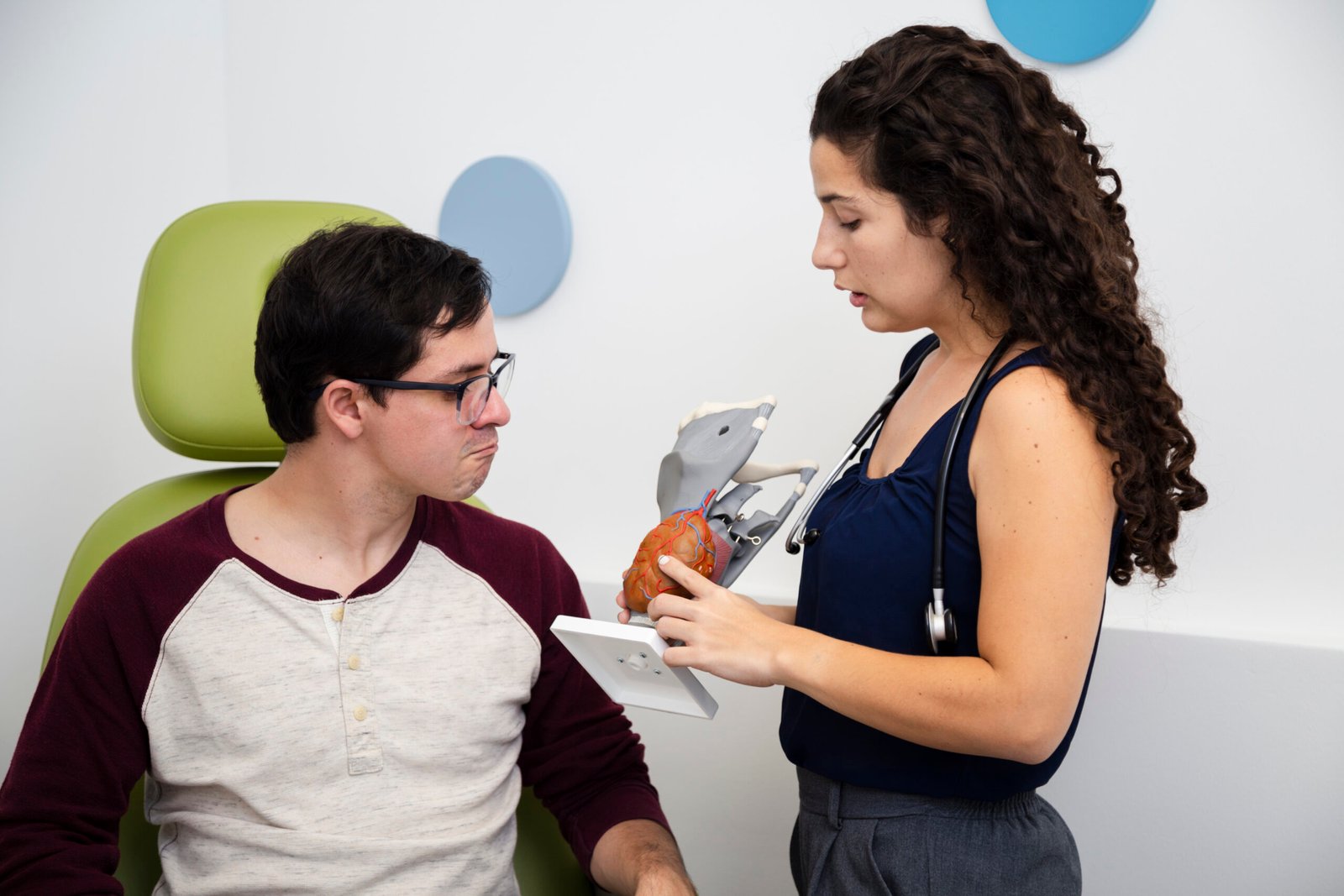The concept of self-harm as a means of finding solace may initially seem paradoxical, yet it underpins behaviors such as skin cutting prevalent among adolescents. For parents, understanding cutting and recognizing warning signs is crucial. Here’s a primer on self-harm and how to address concerns about this form of self-injury.
Defining Self-Harm:
Self-harm involves purposeful damage to body tissue without suicidal intent. Typically occurring on the arms, it commonly manifests as cutting using sharp objects like razor blades, pencils, or pocket knives. Other methods may include burning or inserting objects under the skin, such as paper clips.
Prevalence among Teens:
According to the American Psychological Association, approximately 17% of teenagers engage in self-harm at least once. The onset often begins between ages 12 and 14, coinciding with the onset of adolescence, which can usher in new mental health challenges and heightened risk-taking behaviors.
Factors Influencing Self-Harm:
While cutting affects adolescents of all genders, certain factors may predispose them to engage in such behavior. Apart from grappling with depression, anxiety, or other mental health issues, teens resorting to self-injury may also exhibit tendencies towards substance abuse. Additionally, a study in Child and Adolescent Mental Health identifies family strife, academic or vocational difficulties, and strained friendships as contributing factors. Ultimately, cutting seems to stem from a blend of psychological, biological, and social triggers. Those who self-harm often struggle with managing emotional distress and seek relief through physical pain, thus perpetuating the behavior.
Cycle of Reinforcement:
The sense of relief or release following self-harm reinforces the behavior, prompting teens to repeat the act. Just as adults may turn to activities like exercise or relaxation techniques to alleviate distress, adolescents may find solace in self-injury. This cycle underscores the importance of addressing the underlying emotional turmoil driving self-harming behaviors.
Parents often fret over whether discussing cutting with their teenagers might plant the idea in their minds. However, it’s important to recognize that adolescents in middle and high school are typically well acquainted with the concept of self-harm, thanks to exposure through social media and interactions with peers. Asking about cutting is unlikely to spark the idea — research indicates that adolescents are already aware of it.
Identifying Signs of Cutting:
Vigilance for fresh cuts or evidence of skin damage, such as burns or insertion of objects, in previously uncovered areas like arms or legs is crucial. Any sudden changes in behavior or appearance should prompt further investigation.
Link Between Cutting and Suicide:
Although self-harming behavior is not an attempt to end life, it may signal an increased risk of suicide. Studies indicate that over 50% of children and adolescents who die by suicide have a history of self-harm. The willingness to inflict harm upon oneself may exacerbate suicidal tendencies, possibly stemming from feelings of self-loathing or a lack of healthier coping mechanisms.
Supporting Teens:
While teenagers may be more inclined to confide in friends about self-harm, parents can offer crucial support by fostering open communication and a nonjudgmental environment. Encouraging teens to share their experiences and emotions can help break the cycle of secrecy surrounding self-harm. Additionally, it’s vital for friends and family to intervene if they suspect someone is engaging in self-harming behaviors, as the potential consequences are severe.
Finding appropriate support is crucial:
Accompany your child to a primary care physician who can provide referrals to mental health professionals, or directly seek assistance from a psychiatrist, psychologist, or social worker for a thorough evaluation. Inquire about local or telehealth options for cognitive behavioral therapy (CBT) or dialectical behavior therapy (DBT) with your doctor or mental health specialist. These therapeutic approaches are effective in helping teens develop healthier coping mechanisms for managing emotional distress. In cases where your child’s self-harm appears severe or you have concerns about suicidal tendencies, seek immediate assistance from a hospital emergency room. Just as you would promptly address any accidental injury or fracture, it’s essential to prioritize medical attention for self-inflicted injuries to ensure your child’s safety and well-being.
Disclaimer: The information provided in this blog post is for general informational purposes only and should not be considered professional advice. Before making any health-related decisions, consult with a qualified healthcare professional. The content is not a substitute for medical advice, and individual results may vary. The author and website are not responsible for any consequences arising from the use of the information provided. Use your best judgment and seek professional advice when needed.
FAQ-
Q. How is self-harm treated?
ANS. If you see a healthcare provider about self-harm, they’ll first treat your injuries if needed. Longer term, they may recommend therapy and/or medications to help manage underlying mental health conditions and life stressors.


